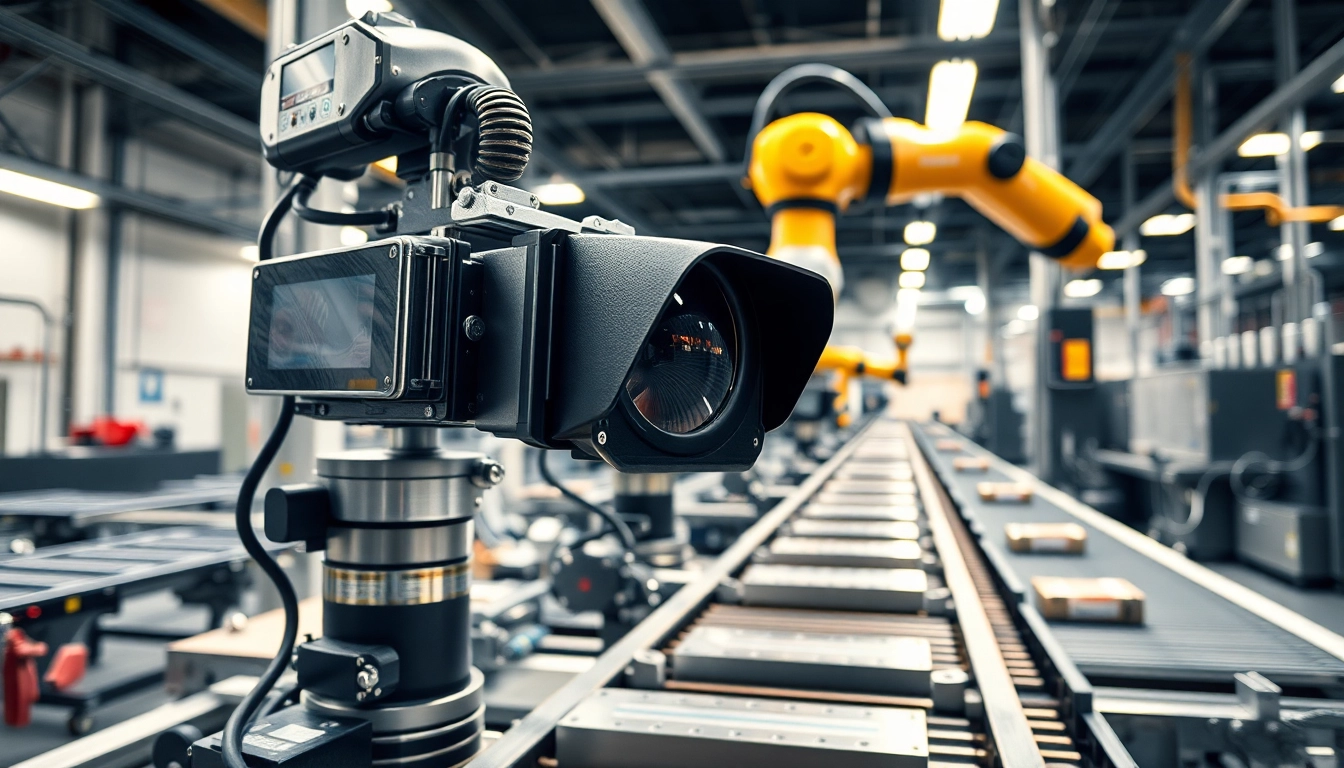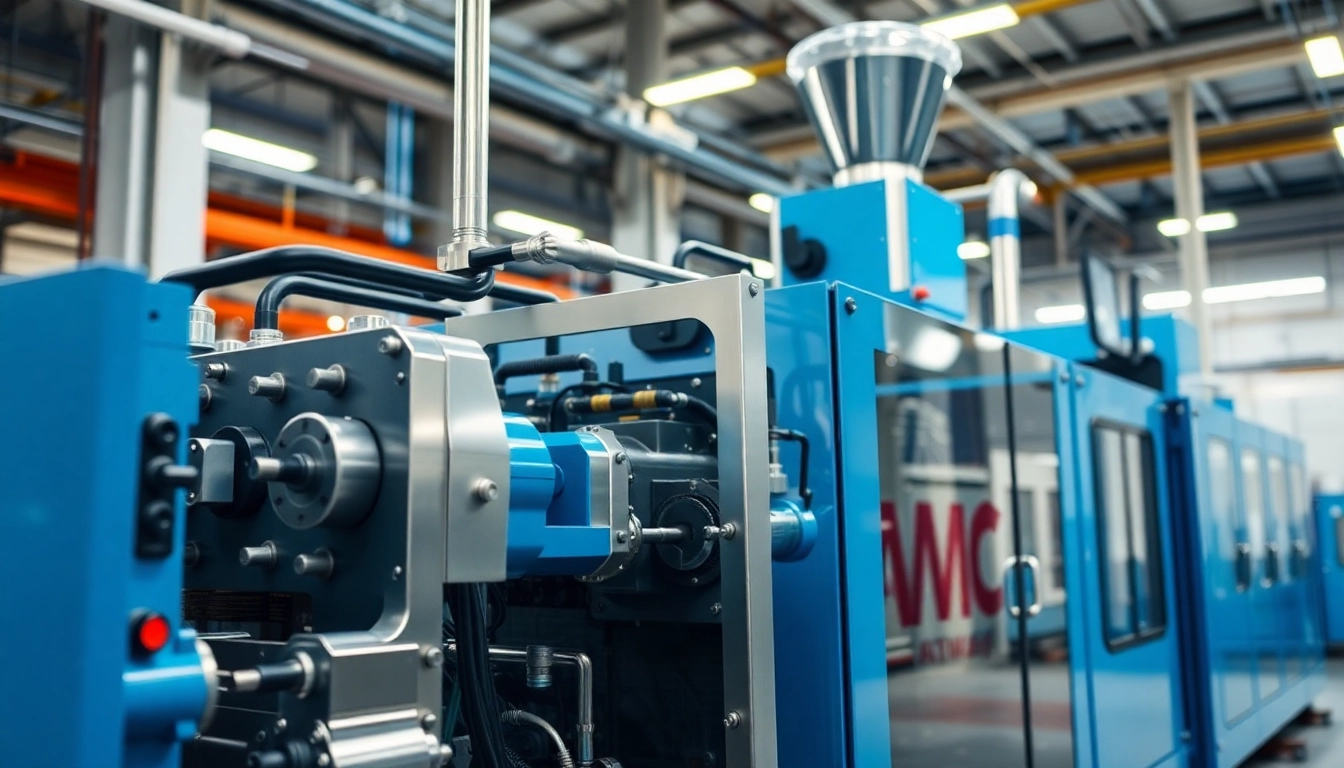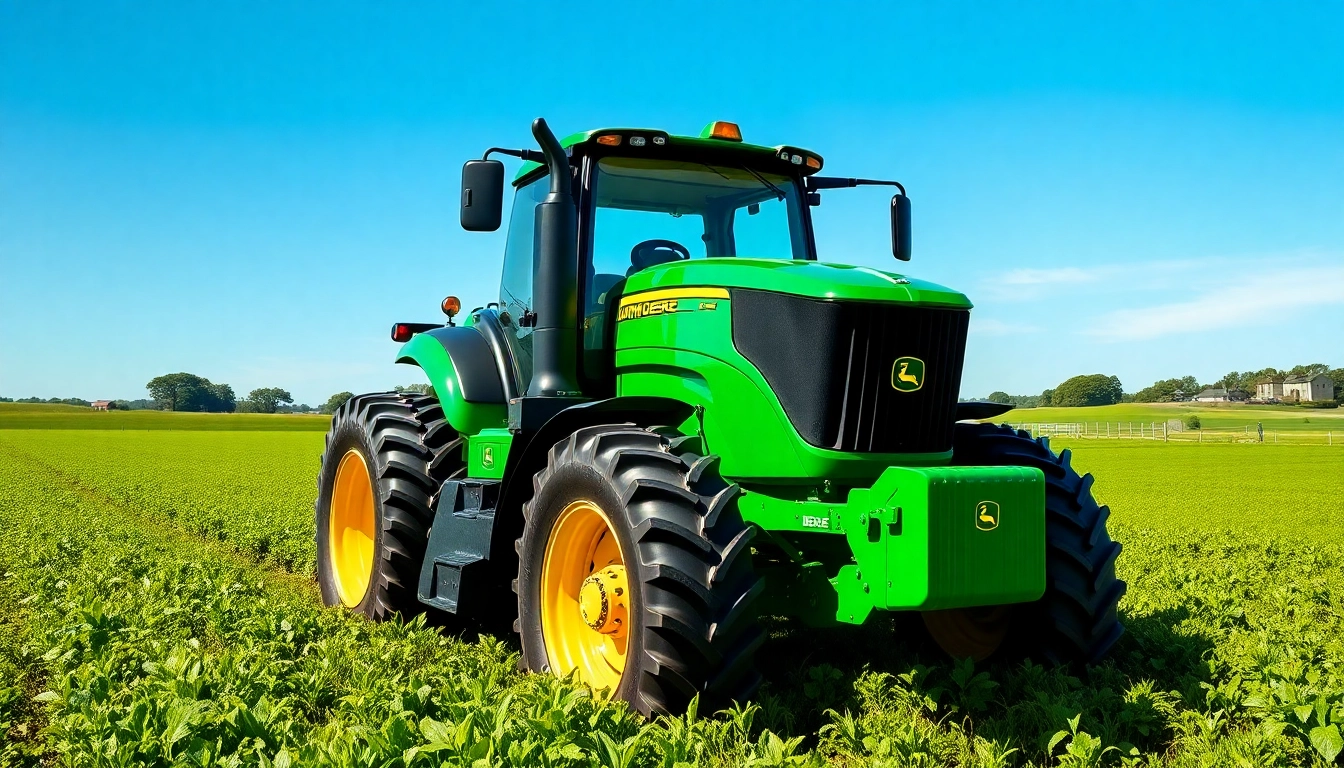Understanding Pipe Stress Analysis for Efficient Design
Pipe stress analysis is an essential engineering practice applied in various industries, including oil and gas, chemical processing, and power generation. Understanding the intricacies of this process is crucial for ensuring the safety and efficiency of piping systems. A leading pipe stress analysis company can greatly enhance project outcomes by applying expertise and innovative methodologies. In this article, we will delve into what pipe stress analysis entails, its importance, key influencing factors, and how to choose the right company for your engineering needs.
What is Pipe Stress Analysis?
Pipe stress analysis involves evaluating the mechanical and thermal stresses in piping systems subjected to various operational conditions. The objective is to ensure that the pipework can withstand everyday stresses such as vibration, temperature changes, and external loads without failure. This analysis utilizes several methodologies, including finite element analysis (FEA), to predict how pipe systems respond to potential stressors.
Importance of Pipe Stress Analysis in Engineering
The importance of pipe stress analysis cannot be overstated. It contributes to the integrity and reliability of piping systems, mitigating risks of leaks, ruptures, and environmental hazards. Through thorough analysis, engineers can design robust systems that comply with safety standards and industry regulations, ultimately safeguarding assets and ensuring operational continuity.
Key Factors Influencing Pipe Stress Analysis
Several factors impact pipe stress analysis, including:
- Material Properties: Different materials behave differently under stress, temperature fluctuations, and environmental conditions.
- Pipe Geometry: The configuration and layout of the pipe, including bends and fittings, influence stress distribution.
- Operating Conditions: Pressure, temperature, and flow characteristics are critical in evaluating stresses.
- Environmental Factors: External forces such as wind, seismic activity, and ground movement must be considered in the analysis.
How to Choose the Right Pipe Stress Analysis Company
Selecting a competent pipe stress analysis company is vital for quality engineering outcomes. Consider the following aspects to make an informed decision:
Evaluating Experience and Expertise
Experience in pipe stress analysis is a key criterion. Look for companies that have a proven track record in your specific industry segment. Expertise in relevant regulations and standards, such as ASME, API, and ASCE, is also crucial. Reviewing case studies and previous project examples can provide insight into their capabilities.
Assessing Technology and Tools Used
The software and tools employed for pipe stress analysis heavily influence accuracy and efficiency. Companies utilizing advanced simulation software and modeling tools are typically better equipped to provide precise analysis and innovative design solutions. Look for firms that engage in continuous training and updates on the latest technology trends in the industry.
Client Testimonials and Case Studies
Testimonials and case studies from previous clients provide valuable insights into the reliability and quality of service offered by a pipe stress analysis company. Pay attention to how the company handled past projects, their approach to problem-solving, and client satisfaction levels. This information will help ensure that you partner with a company that aligns with your project goals.
Best Practices for Conducting Pipe Stress Analysis
Common Challenges in Pipe Stress Analysis
Piping engineers often encounter challenges such as complex geometries, non-linear behavior of materials, and unexpected load conditions. Navigating these challenges requires a thorough understanding of both the analysis techniques and the physical phenomena involved. Engaging with reputable firms can provide access to the knowledge and tools needed to address these challenges effectively.
Ensuring Accuracy and Compliance
Maintaining accuracy in analysis involves systematic validation against established engineering standards and codes. A comprehensive review process that includes peer review and stakeholder feedback can enhance the accuracy of analyses and ensure compliance with regulatory requirements. Regular audits and updates of methodologies and software used are also critical.
Continuous Improvement in Analysis Techniques
Implementing a culture of continuous improvement within engineering teams can lead to significant advancements in pipe stress analysis techniques. This may involve adopting new technologies, refining existing processes, or incorporating new training and development initiatives. Encouraging a feedback loop among engineers will foster innovation and address any evolving industry challenges.
Innovative Solutions Offered by Top Pipe Stress Analysis Companies
Top companies in the pipe stress analysis sector are known for their innovative approaches and solutions. Here’s how they make a difference:
Advanced Software Solutions
Utilizing advanced software solutions enables engineers to simulate real-world conditions accurately. Software like CAEPIPE or AutoPIPE provides essential functionalities for evaluating various operational scenarios. These tools also facilitate the visualization of stress distribution and potential problem areas, leading to proactive design adjustments.
Integration of Safety Standards
Incorporating relevant safety standards into pipe stress analysis ensures that all assessments are in line with industry regulations. This integrated approach contributes to safer system designs and earned trust from stakeholders. Companies prioritizing safety will often have a systematic approach for evaluating risks and enhancing safety through their analysis practices.
Cost-Benefit Analysis of Professional Services
Investing in professional pipe stress analysis yields substantial long-term benefits. A well-executed analysis not only reduces the risk of failure but also optimizes pipeline designs for longevity and efficiency. Furthermore, the insights gained can lead to cost savings in operational overheads and maintenance requirements, justifying the initial investment. Companies willing to provide transparent cost-benefit analyses can help clients understand these advantages better.
The Future of Pipe Stress Analysis: Trends and Technologies
As industries evolve, so too does the field of pipe stress analysis. Emerging trends and technologies are shaping the future of this essential engineering practice:
Emerging Technologies in Engineering Analysis
Technologies such as cloud computing and big data analytics are revolutionizing how engineers conduct analyses. These technologies allow for greater data sharing and real-time collaboration, improving project timelines and outcomes. Additionally, leveraging advanced computational techniques, such as machine learning, can enhance predictive capabilities in analysis.
Impact of AI on Pipe Stress Analysis
Artificial intelligence (AI) is poised to transform pipe stress analysis by automating routine tasks, improving accuracy, and uncovering insights that would be challenging for human analysts to discern. AI algorithms can analyze vast amounts of data quickly, enabling faster problem identification and solution implementation.
Sustainability Practices in Pipe Systems Design
With increasing environmental awareness, there is a growing emphasis on sustainability in engineering design. Pipe stress analysis companies are beginning to incorporate eco-friendly materials and practices in their designs, focusing on energy efficiency and reducing environmental impact. Innovations in materials and construction methods that enhance sustainability without compromising performance are gaining traction.



